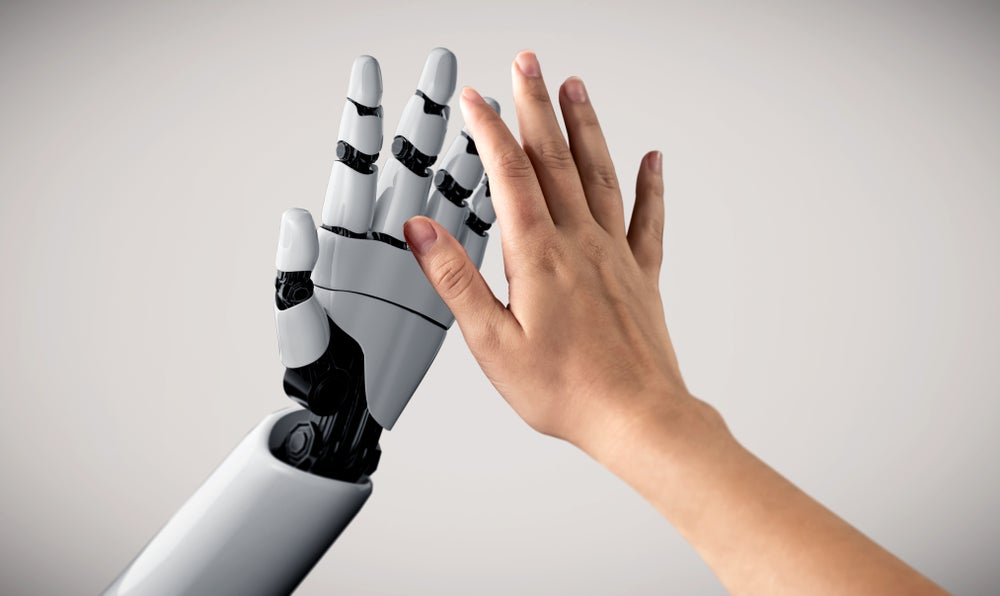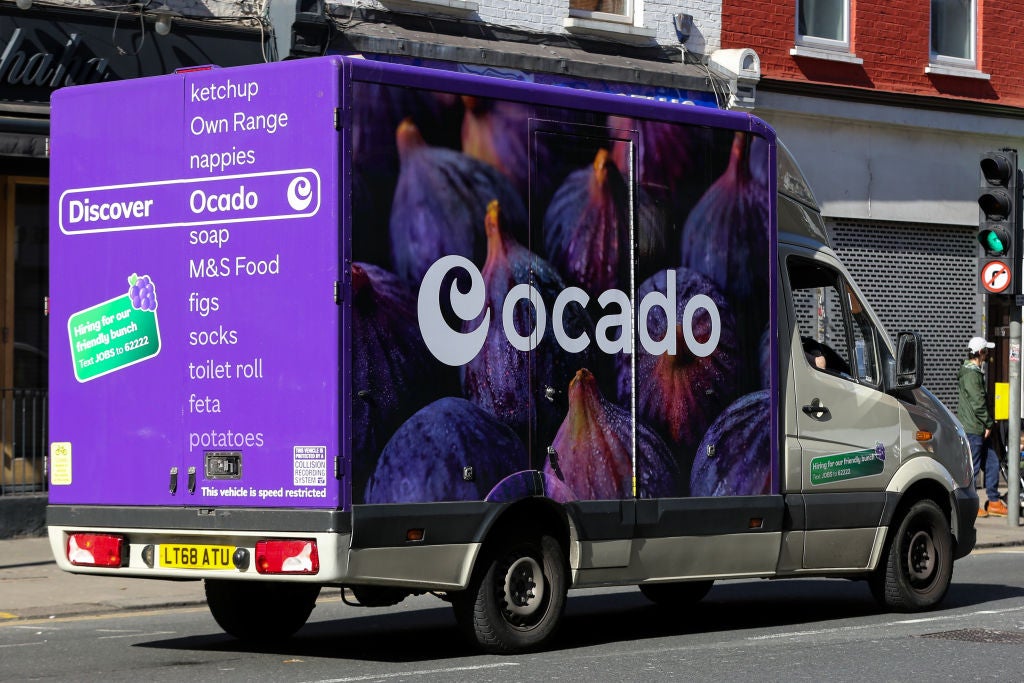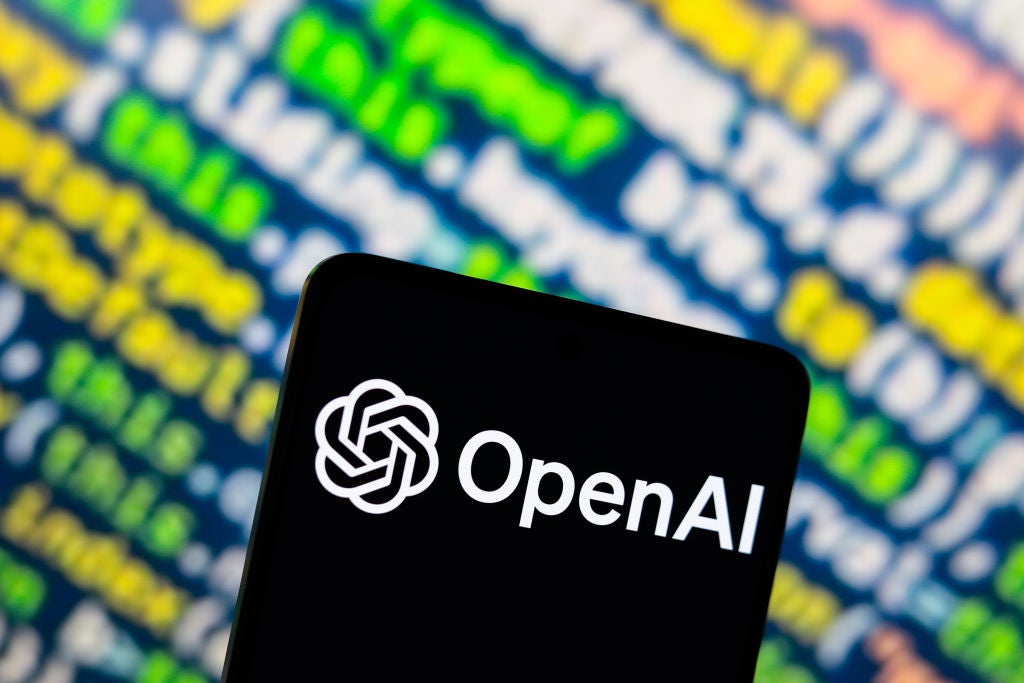Steel-hearted robots box with metal fists. Humans shout and cheer. Homo sapiens gather in the Louvre to gawk at a painting – but it is not by da Vinci or any other human.
While these spoilers for our future lives seem fantastical, it is fair to believe that artificial creations will one day be better at being human, than humans.
Will artificial intelligence and robotics ever desensitize us to human achievements? It is possible, but more likely it will elevate our endeavours. But in that case, how soon will it begin to elevate our actions?
The artificial outlook
GlobalData estimates that the current development trajectory of robotics will see the industry reaching a value of $218bn by 2030, with exoskeletons being the fastest-growing segment at 39% (the highest amount) of spending. This suggests it may be helping us quite soon.
Exoskeletons are designed to improve human performance by allowing limb movement with increased strength and endurance. These are desirable improvements to say the least, particularly if surreptitiously applied to professional sports. The development of exoskeletons is driven by use cases across medicine, manufacturing, militaries, and logistics.
Advances in brain-machine connectivity—such as through Elon Musk’s Neuralink, which he claims will be able to cure conditions such as blindness and depression—will impact the evolution and integration of exoskeletons.
How well do you really know your competitors?
Access the most comprehensive Company Profiles on the market, powered by GlobalData. Save hours of research. Gain competitive edge.

Thank you!
Your download email will arrive shortly
Not ready to buy yet? Download a free sample
We are confident about the unique quality of our Company Profiles. However, we want you to make the most beneficial decision for your business, so we offer a free sample that you can download by submitting the below form
By GlobalDataCurrent examples of exoskeletons include the Honda Walking Assist device and the Lockheed Martin Onyx Exoskeleton, the latter of which boosts its user’s energy. However, while exoskeleton tech may sound slightly glamorous, automated home robots do not share the same allure.
Today’s robots are not so sci-fi
Currently, robotic vacuum cleaners account for most automated home robotics products. They do boast a variety of smart attributes such as obstacle identification and route planning, but they are a substantial distance from a robot that will make dinner and give you a back massage.
In the personal robot sector, development is more focused on interacting with humans to entertain or educate, rather than the performance of household tasks. The development of artificial emotional intelligence (AEI), when robots can understand human emotions, handle constructs like humor, and have a personality of their own, is a necessary but challenging step for personal and care robots. Robots such as these may be needed to ease aging population concerns in developed nations and would provide the emotional as well as physical support needed for caregivers. Robots will need to comprehend our emotions, understand humour, and hopefully, drop the occasional zinger.
The development of AEI is linked to the advancement of AI, which GlobalData estimates will be worth $909bn by 2030, with generative AI the highest growth area. The massive projected value of this industry in 2030 means that AEI is perhaps closer than we think.
A robotic future awaits, or does it?
Maybe we will soon be in fits of laughter with a robot friend, watching two robots bash each other to bits, while an AEI-generated painting hangs on the wall. Or maybe we will discover a more probable outcome, that AI evolution is non-linear and that it can only get to a certain degree of ‘smart’.
So instead, we will laugh with a friend fitted with a Neuralink to make them happier while watching football players cheat using hidden mechanical metal limbs, with a poster created jointly by Damien Hirst and AI on the wall. In this future, artificial things will amplify humanity, not replace it.








Related Company Profiles
Lockheed Martin Corp